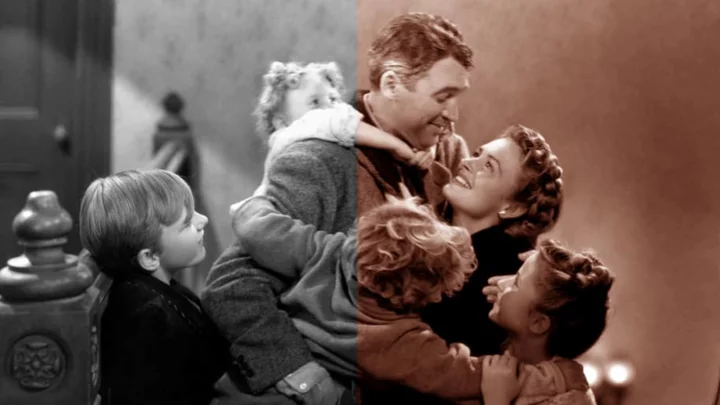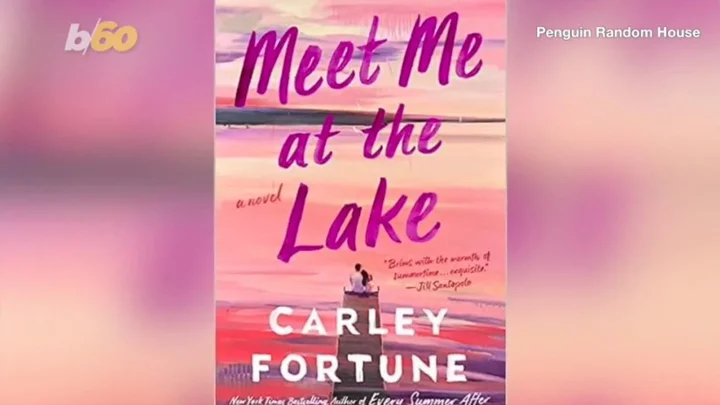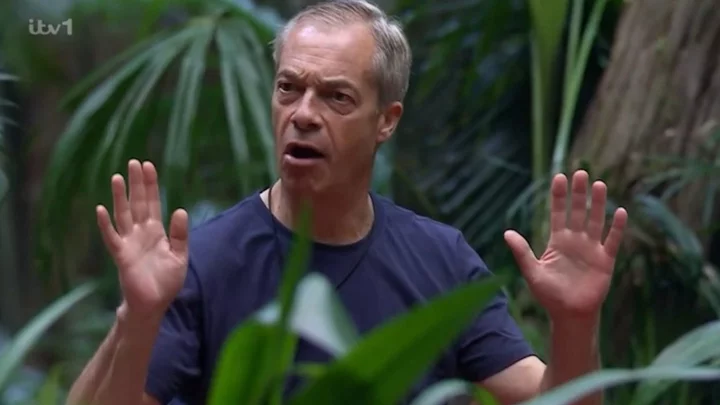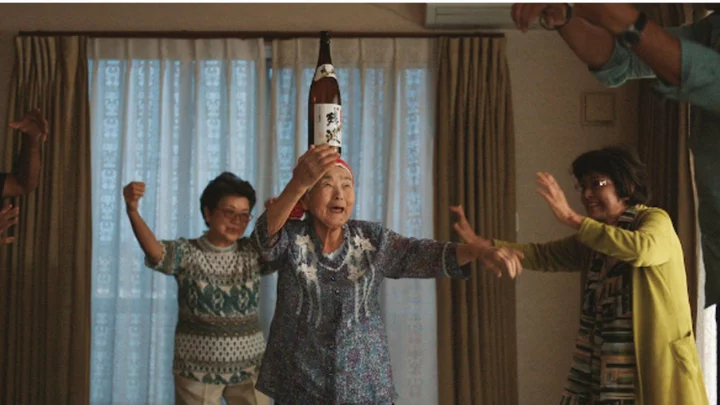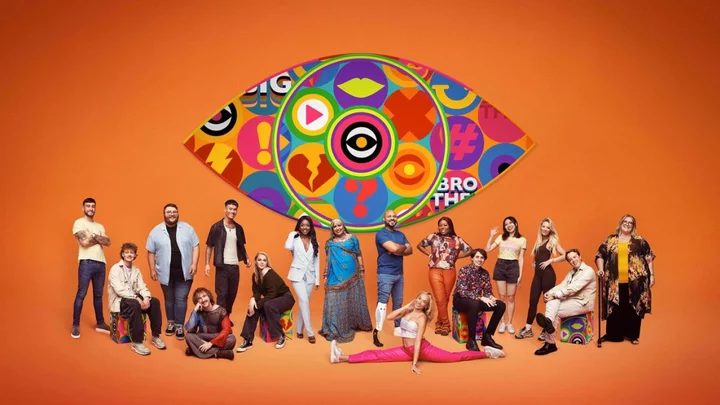Jimmy Stewart was upset.
In May 1987, Stewart—the extremely affable star of Mr. Smith Goes to Washington (1939) and It’s a Wonderful Life (1946), among many other classics—submitted a letter to Congress. In it, Stewart protested that It’s a Wonderful Life had been “colorized,” or altered from its original black-and-white cinematography in order to be more appealing to television stations.
Comparing the process to dunking the film in “a bath of Easter Egg dye,” Stewart called it “wrong, completely wrong ... insulting and unfair.”
The impassioned letter harkened back to Stewart’s classic role in Mr. Smith, when his character tries to affect change in the political arena. He was joined by the likes of George Lucas, Joe Dante, John Huston, and even Orson Welles, all of whom decried what they considered a vandalizing of their work. It was, for a time, the most controversial topic in Hollywood. In the middle of it all was Ted Turner, a newly minted media mogul who seemed to be relishing the attention. Rather than back down, he announced plans to “colorize” two of the all-time greats: Citizen Kane (1941) and Casablanca (1942).
“The last time I checked, I owned the films that we’re in the process of colorizing,” Turner said in 1986. “I can do whatever I want with them, and if they’re going to be shown on television, they’re going to be in color.”
Color Commentary
In 1985, Ted Turner was overseeing a media empire. His all-news network, CNN, was changing how viewers consumed information, while his “Superstation,” TBS, was riding the wave of the nascent cable industry. Hoping to expand his empire, Turner acquired the film studio MGM. When it proved too unwieldy to operate, he sold the company back but kept its sizable library of films. The price tag for the collection: $1.2 billion.
Turner now had control of 3650 films, a library that also included titles from Warner Bros. (pre-1950) and RKO. His intention, of course, was to fill programming slots on his channels, as well as monetize them by licensing them to other platforms.
Films like King Kong (1933), Topper (1937), The Maltese Falcon (1941), and others were valuable commodities, but Turner believed their lack of any hue prevented them from realizing their financial potential. By this point, most people had color televisions to watch color broadcasts or rent color movies. Stations prioritized color, as they sold more ads this way.
And so, apparently, did viewers. One distributor sold 46,000 Shirley Temple VHS compilation tapes when they were in black and white. In color, they moved 1.2 million copies. When It’s a Wonderful Life got a colorized videocassette release, it sold 80,000 copies compared to the 5000 sold for the original—even though the color version cost three times as much.
(While Turner was the face of the colorization process, he hadn’t actually colorized It’s a Wonderful Life. That had happened prior to his acquisition of RKO and was undertaken by Hal Roach Studios via its Colorization banner in 1985. Director Frank Capra even gave his consent before changing his mind.)
To resolve the problem, Turner turned to Color Systems Technology, a company that specialized in “colorizing” media. The source material was transferred to tape and then color was added frame by frame, a process that could take up to eight weeks depending on how many technicians were working on it. While the effect varied in quality, the color was often diluted by the gray tones that remained in the film. Vincent Canby of The New York Times denounced the result, writing: “Everything tends to take on the look of a tinted Victorian postcard.”
But for Turner, any color was better than none. Colorizing a movie cost between $180,000 to $250,000; Turner earmarked between 60 and 100 titles for the process. And Hollywood went berserk.
Tinted Vision
John Huston was among the first to lodge a complaint, and an evocative one. The director, who was responsible for The Maltese Falcon and The Treasure of the Sierra Madre (1948), was in poor health but still made a plea for intervention from his wheelchair. Others joined the chorus, citing an artist’s “moral right” not to have their work altered. Billy Wilder protested; so did George Lucas, who spoke at length about the error in altering films. (Those comments would later come back to haunt him following his unceasing tinkering of the Star Wars films. Lucas, however, was the one making those choices, not anyone else.)
When Turner countered that the issue was more logistical than that—had color been widely available, he argued, more filmmakers would have used it—he was rebutted. Richard Brooks, who directed the 1967 adaptation of Truman Capote’s book In Cold Blood, asserted that he had made a deliberate choice to film in black and white over the objection of the studio.
“In Cold Blood was a story of terror; I felt it needed the starkness of black and white,” Brooks said. “Once they put candy colors on the movie, they can decide to take out the last scene, too. Maybe some TV viewers don’t want to watch a man being hanged. Where does it end?”
Others, like Jimmy Stewart, said that the colorization process was doing more than simply putting a new coat of paint on a work. It had the ability to actually reverse artistic decisions.
“Gloria Graham played a character named Violet, so someone thought it would be cute to have all her costumes in violet,” Stewart’s letter read, referring to a character in It's a Wonderful Life. “That is the kind of obvious visual pun that Frank Capra never would have considered.”
Orson Welles, who heard of Turner’s plans prior to his death in 1985, was more blunt, telling a colleague to prevent Turner from “coloring my movie with his crayons.” A new word began to spring up in print: Turner and others were “colorizers.”
But Turner was unmoved. Colorization, he said, was no different from television stations editing films or removing scenes to fit time slots or trim violence and language. He was not swayed by the argument of the films as impermeable art. Moreover, the films were his to do with as he pleased.
“I like things in color,” he said. “We see in color. Why didn’t they make [the 1930s period piece] The Sting in black-and-white if they’re so concerned about historical authenticity? I don’t see their point.”
The controversy reached a fever pitch in 1988, when Turner presented a colorized Casablanca that some critics thought bordered on the offensive. Roger Ebert called it “one of the saddest days in the history of the movies,” arguing that the lighting choices made to illuminate the film’s characters would be absent in the tampered version.
“[Ingrid] Bergman’s face seems shadowed when we doubt her motives, and becomes more clearly seen as we understand her,” he wrote. “If you slap the pinks and tans of the colorizer’s paintbrush onto their faces, you add a distracting dimension and you reduce the contrasts between lighter and darker areas. You make the movie look bland, less dramatic. You wash out the drama of the lighting.”
The film industry went so far as to lobby the government to create a National Film Commission which would serve to protect films of subjective historical significance and force “colorizers” to label altered films, possibly with a new title. While that didn’t materialize, it was proof that creators were willing to try just about anything.
Color Correction
Initially, ratings for colorized features were strong. Considering all the press attention that doubled as advertising, there was undoubtedly curiosity about how the films would look.
“Virtually everybody in America knows about colorization,” Turner said. “All the protests were great promotion. A lot of younger people would never have heard of these older movies without the controversy.”
They were also profitable. The first 12 movies that underwent the process earned Turner an average of $900,000 from stations looking to license them for broadcast on a one-year term.
But it was hard to call it a clear-cut victory. While the hoped-for legislation never materialized, there were other means to slow Turner’s project. Huston, for one, was successful in preventing Turner from distributing his film The Asphalt Jungle (1950) in France, earning a court bid to block its broadcast in 1988. (Maltese Falcon and Treasure of the Sierra Madre got the colorization treatment, however.) And thanks to the strong language in Welles’s contract for Citizen Kane, Turner abandoned plans to convert the film to color. (A legal fight was not assured, but it was a potential headache Turner wanted to avoid.)
Turner continued leaning into colorization, extending the practice to cartoons like Popeye. But while children may have been more interested in color, adults weren’t persuaded. After an initial flurry of interest, ratings for colorized versions of classics dipped, and it became difficult to justify the expense. By the 1990s, both major U.S. colorizing firms, CST and American Film Technologies, had gone bankrupt. (CST would later return under reorganization and new ownership.)
Turner instead pivoted to the appeal of a film in its original and unfettered form. His Turner Classic Movies channel, which debuted in 1994, presented the MGM library with historical context and in black and white. Some who had previously criticized him for tinkering with the movies had to recognize that, thanks to his efforts, key films were being preserved so they could remain marketable. While financially motivated, the end result was that many fragile films survived.
Turner ultimately sold his media network to Time Warner in 1996. In 2019, he was asked to reflect upon the colorization controversy. “I don’t regret it because I never thought it was wrong and still don’t, but we did receive a lot of backlash at the time,” he told Variety.
Today, films have the obvious choice of being presented in black and white or color, and directors can and do opt for the former. David Fincher’s Mank (2020) was in black and white; Zack Snyder offered a black-and-white version of his 2017 comic-book spectacle, Justice League; Bong Joo Ho reissued his Oscar-winning Parasite (2019) in monochrome. Of course, that was at the discretion of the filmmakers.
“I think it may be vanity on my part, but when I think of the classics, they’re all in black and white,” Joon Ho said. “So I had this idea that if I turned my films into black and white then they’d become classics.”
This article was originally published on www.mentalfloss.com as ‘Colorizers’: When Ted Turner and Hollywood Clashed Over Colorizing Classic Movies.

